Plot and setting are two essential elements of storytelling. Read tips, examples and exercises to make time and place drive story development:
What are plot and setting?
Plot is the sequence of related events in a story. It tells us what happens, when, and why. What might have happened (or may still happen), too.
E.M. Forster describes the difference between 'story' and 'plot' as the way plot tells, implies (or asks us to decide for ourselves) the reasons for events:
The king died and then the queen died is a story. The king died, and then queen died of grief is a plot.
Forster in Colin Bulman, Creative Writing: A Guide and Glossary to Fiction Writing, p. 165
Setting is the context, the where and when, of a story. It supplies the story's backdrop, time period, mood and atmosphere. It's also a shaping factor in plot, in what happens.
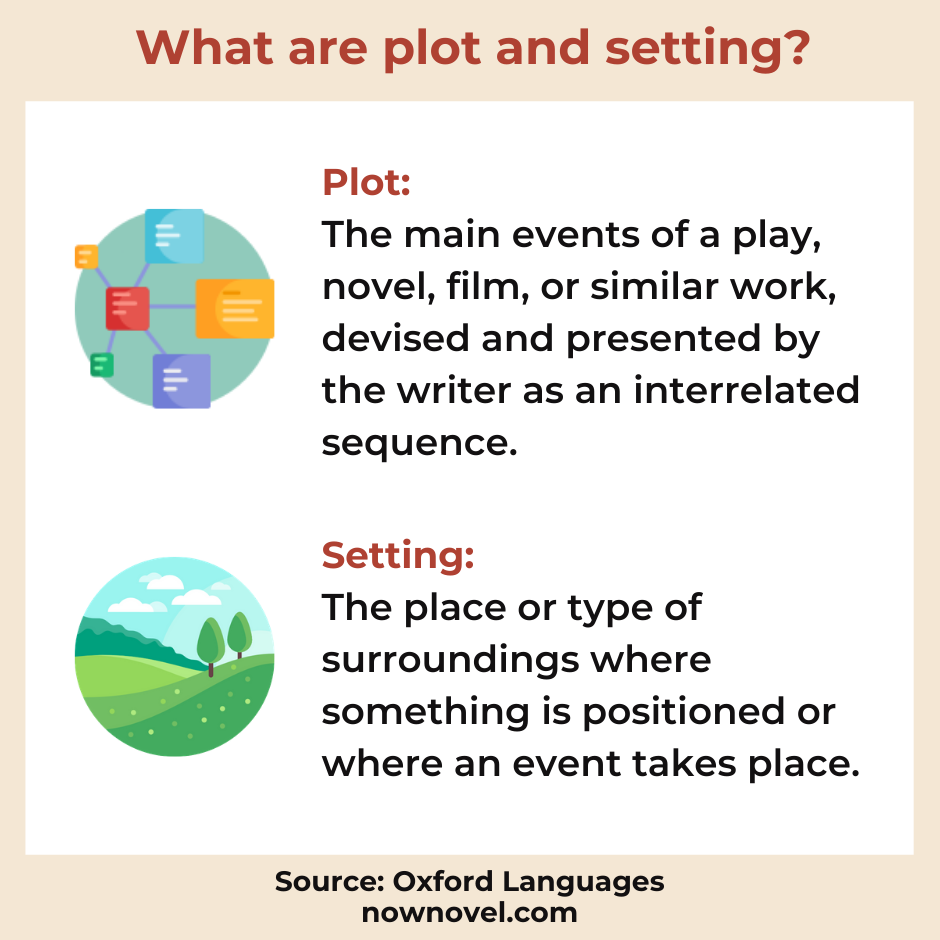
Plot vs setting: What's the difference?
We often think of plot and setting as two distinct elements of stories. Pediaa for example describes the difference between plot vs setting thus:
The main difference between plot and setting is that the plot is the series of events and happenings in the story whereas the setting is the backdrop of the story, characterized by the time and the place the story takes place.
Pediaa, available here.
However, setting is much more than backdrop. It's often a key agent in how the plot evolves. Here's how to ensure setting contributes to your story's development:
How to use setting to drive your story:
- Change setting to drive plot
- Use setting to define the (im)possible
- Use time for possibilities and obstacles
- Think about large and small scales
- Use multiple settings for varied conflicts
1. Change setting to drive plot
The '5 W's' of story is a concept we often return to. These are 'who', 'what', 'why', 'where' and 'when'. Plot and setting involve at least three - the 'why' (plot) as well as the 'where' and 'when' (setting).
A change of setting is a simple and effective tool to develop your plot. When you start a story with the subheading 'Downtown Tokyo' and the next chapter's subheading is 'Central Australia', there's already an implied 'why': Why has the focus shifted to this place?
Changing setting does a lot more than stoke curiosity. Let's look at a classic example: The Three Little Pigs.
Plot and Setting in The Three Little Pigs
The plot of the classic fable is simple: A wolf goes after three little pigs. It threatens to huff and puff and blow their houses down. The first two pigs have used shoddy building materials (straw and sticks) and become wolf food. The third pig worked harder, using bricks, and thus outsmarts the wolf.
For each pig's segment of the story the setting (or location) changes. The wolf is outside the straw house. Then the stick house. Then the brick house.
Each location supplies fundamental setting changes: Different house (where), different building materials (what), different porcine inhabitant (who is present).
These changes create the narrative tension we need to become invested. The reader asks: How will this setting change the outcome? The wolf's success the first two times creates further suspense, a sense of dread regarding the third pig's likely fate.
The changes to each setting - the house's building materials - are minimal. Yet they are significant enough to make a similar plot pattern (the huffing and the puffing) have an unknown, suspenseful outcome. The setting changes drive the story towards the third, triumphant outcome (the wolf's defeat).
Writing exercises to drive plot by changing setting
Try these exercises:
Exercise One
An experienced detective is chasing a suspected serial killer across the globe. In the first two cities he stops in, the suspect gives him the slip. In the third, a unique aspect of the city gives the detective the upper hand. Describe what makes the third city different in a paragraph describing this scenario.
Exercise Two
Childhood friends go to Las Vegas where a shared experience makes them decide to get a last minute marriage before they leave, to the schock of their friends. Describe the night out in Vegas and how the setting makes them discover a romantic dimension to their friendship.
[Get step-by-step prompts to develop your core setting and build your story's world in the Now Novel dashboard.]
2. Use setting to define the (im)possible
Plot and setting are related in another crucial way: Setting defines what is possible, and what is impossible.
Tesla CEO Elon Musk has often spoken about the idea of colonizing Mars, for example. But would that be fun? A one-way ticket is a dramatic change of setting.
French singer Camille has a song called 'Mars is No fun' that imagines life on Mars:
It's a creative exercise for thinking about plot and setting. Thinking about place as a constraint or limitation ('you're grounded on the ground/when you kiss it's forever').
Turning to novels, in Barbara Kingsolver's The Poisonwood Bible, the idea of setting-as-constraint arrives early in the story of a missionary family moving to the Congo. Leah Price, one of the sisters, narrates:
We came from Bethlehem, Georgia, bearing Betty Crocker cake mixes into the jungle. My sisters and I were all counting on having one birthday apiece during our twelve-month mission. 'And heaven knows', our mother predicted, 'they won't have Betty Crocker in the Congo'.
Barbara Kingsolver, The Poisonwood Bible (1998), p. 15.
The change of setting from Bethlehem, Georgia in the USA to the Congo (already a strong hook) is accompanied by a sense of the impossibilities - the breaks with their former life - the family's new setting brings.
This setting change provides a constraint from which the plot may then develop.
Think of how varying settings in your story will:
- Provide characters with new possibilities (what could happen, here?)
- Create new impossibilities (what will not or cannot occur, given the time and place?)
These are fundamental questions to genres such as adventure stories and time travel narratives where plot and setting are strongly linked.
Writing exercises: Using setting as a plot constraint
Exercise One
Describe a character entering their residence on Mars for the first time. They look around and look out the window and realise three things they'll miss about earth. Describe these three things in the course of a paragraph or two. End with them realizing something they have to look forward to, too.
Exercise Two
A child grows up confined to a single room (this idea taken from Emma Donoghue's Room). Write two paragraphs. In the first, describe the worst day they can remember from the past year. In the second, describe the best day.
3. Use time for possibilities and obstacles
In the examples from The Three Little Pigs and The Poisonwood Bible, we examined plot and setting in terms of changes and constraints in the 'where' of a story.
'When' is equally important in examining how setting drives plot.
For example, during World War II, many women held work positions that in pre-war periods were often reserved for men. A setting constraint (fewer men being around) meant less fuss was made about certain work being 'inappropriate' for women.
This example reminds us of one of the ways broad time elements of setting: era, background historical events - may shape what is possible for your character, plot-wise.
Think about:
- What is possible for your characters in the era in which you set your story and what is impossible
- What obstacles elements of time create (whether it is the century, year, season, month, day or time of day)
Writing exercises: Using time to drive plot
Exercise One
Imagine a woman who went to work in a munitions factory during World War II telling her grandchildren about her memories. Write their dialogue.
Include her description of something that's changed since those days, and something she's looking forward to that wouldn't have been possible back then.
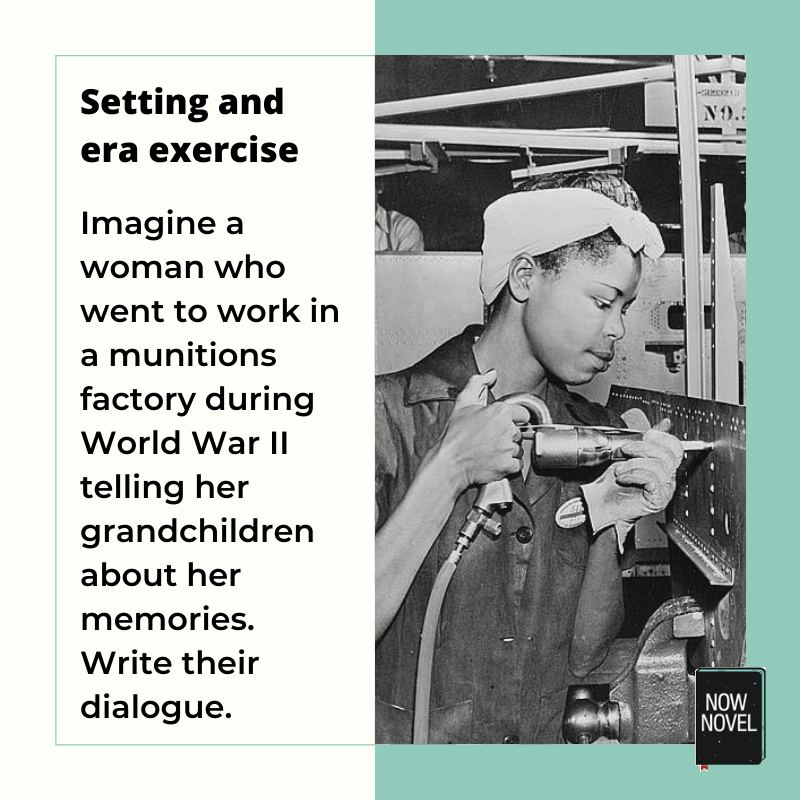
Exercise Two
A boy who knows little about geography is travelling abroad for the first time, from the northern hemisphere to the south. It's summer where he lives and he's packing his suitcase when his best friend tells him it'll be winter there.
Write a paragraph of narration describing his disappointment and the things he was planning to do during his southern hemisphere summer.
4. Think about large and small scales
Think of setting in your story like a map. It has scale.
This element of setting - the way setting telescopes between the large-scale and the minute detail - is useful to keep in mind when plotting.
For the example in the previous section, we discussed World War II and changes it brought to western society around work and gender.
This is a 'large scale' effect of setting on plot. A large-scale shift in an area of life (social structure, the gender makeup of urban centers) created other possibilities.
While large-scale setting changes such as these are occurring, change occurs on a smaller scale too.
For example, on an individual factory level, perhaps groups of women come together to challenge gender issues in the workplace. A large-scale change in society ripples out, with related small-scale changes individually paving the way for new events.
In your story:
- Identify large-scale setting changes (e.g. wars, country formations, environmental renewal or catastrophe). What plot developments do these setting elements make possible?
- Then examine related small-scale changes. For example, if there are wildfires raging across a country, how do small communities come to each others aid? What new developments occur as a result of this backdrop in these communities?
Writing exercises for plot and setting - balancing multiple scales
Exercise One
A fictional kingdom is preparing for war with a neighboring kingdom that wants resources on the border for its own. In a paragraph, describe a decree issued by one kingdom in order for war preparations to commence.
In a second paragraph, narrate an ordinary citizen's desires and fears relating to the decree, and what they plan to do next.
Exercise Two
Two years of drought in a fictional town come to an end and it rains all winter. In a paragraph, narrate a politician's thoughts about the speech they'll make about this good fortune. Next, narrate a local farmer's feelings, his plans for the next month, and his hopes for the next year.
5. Use multiple settings for varied conflicts
Conflict is a crucial element of plot. This is another area where plot and setting intertwine.
The simple example of The Three Little Pigs we began with showed how similar settings can contain tiny differences that shift the outcome of similar plot patterns, similar conflicts.
Taking your story to multiple places enables you to find varied sources of conflict. These, in turn, help you to create a varied plot with multiple founts of suspense.
For example, your character may face elements of conflict:
- At home (e.g. A bullying or disgruntled spouse)
- In the workplace (such as a powerhouse colleague who feels insecure or threatened)
- At a passing location (e.g. they explode at a fellow shopper at the grocery store due to one of the ongoing background conflicts mentioned above)
Assigning core conflicts to specific settings is a useful way to make each location in your story become an agent of change for your character.
Not every setting requires a significant conflict, of course, but finding possible conflicts will help you pinpoint what about each setting prompts change.
The character who is bullied at home may decide to go solo. The character who has a toxic work environment may seek greener pastures. The altercation in the store may make them realize everything they've been bottling up and start creating positive changes.
Remember: Change makes a story interesting.
Writing exercises for making settings' conflicts drive plot
Exercise One
A character is sick of a conflict in her current life (in home, at work, wherever she spends a lot of time). She signs up for a one-way ticket to live on Mars. However, when she gets there, a whole new conflict tries her patience. Narrate her reasons for leaving and the reasons for her regrets. 500 words.
Exercise Two
A 13-year-old boy starts acting out at school. Their concerned English teacher takes them aside after class and asks them about a fight with another class mate. Describe the conflict through dialogue and end with the boy revealing something about his home life that contributed to his reaction to the school situation.
Improve your writing craft: Take a free 5-day email course on setting or plot.


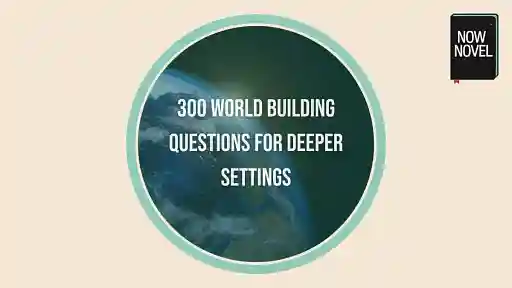

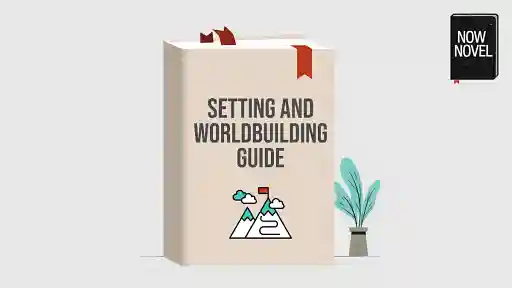
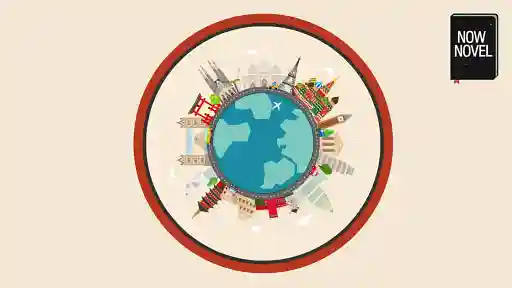
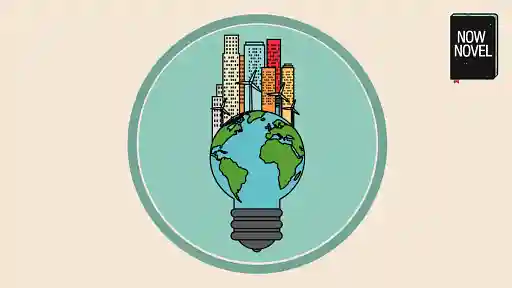



Cool
Dorida Garcia - Over 3 years ago